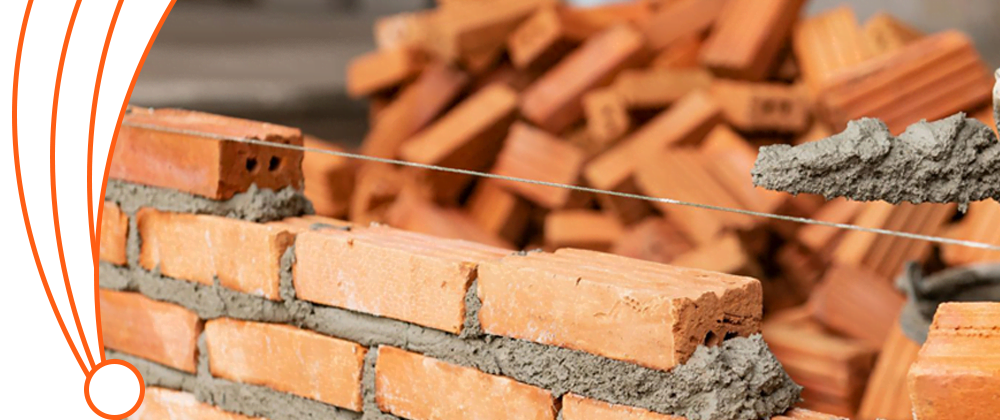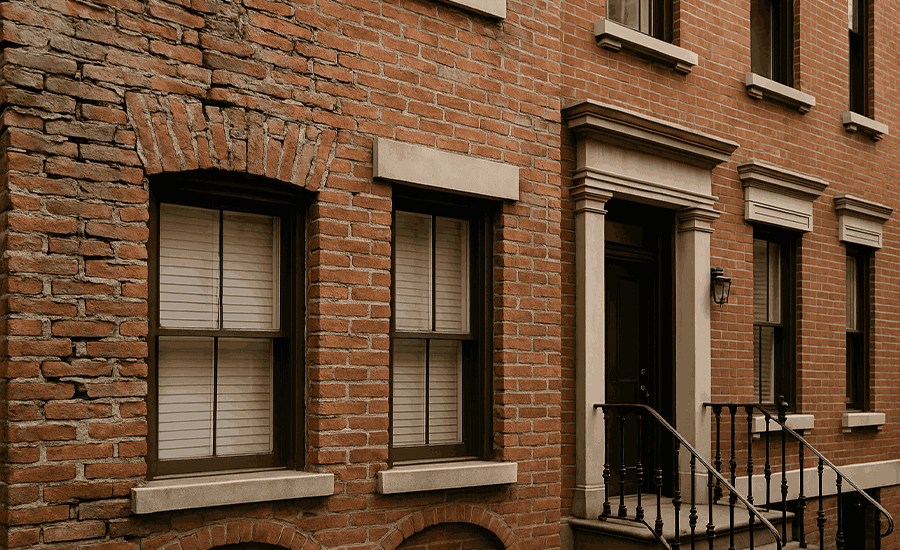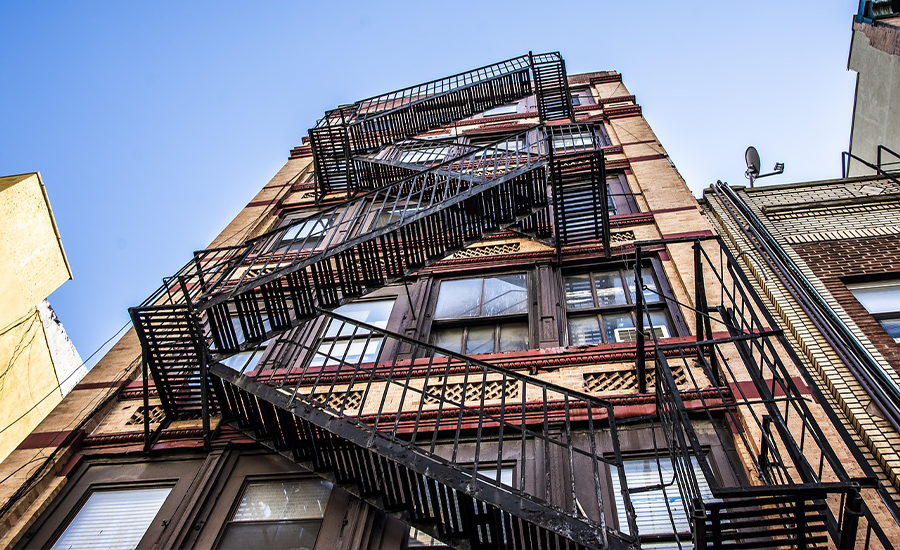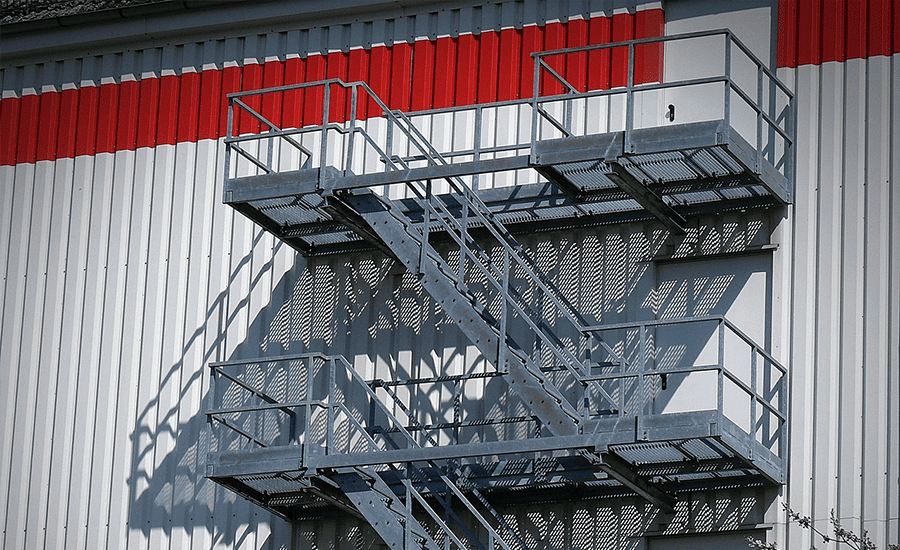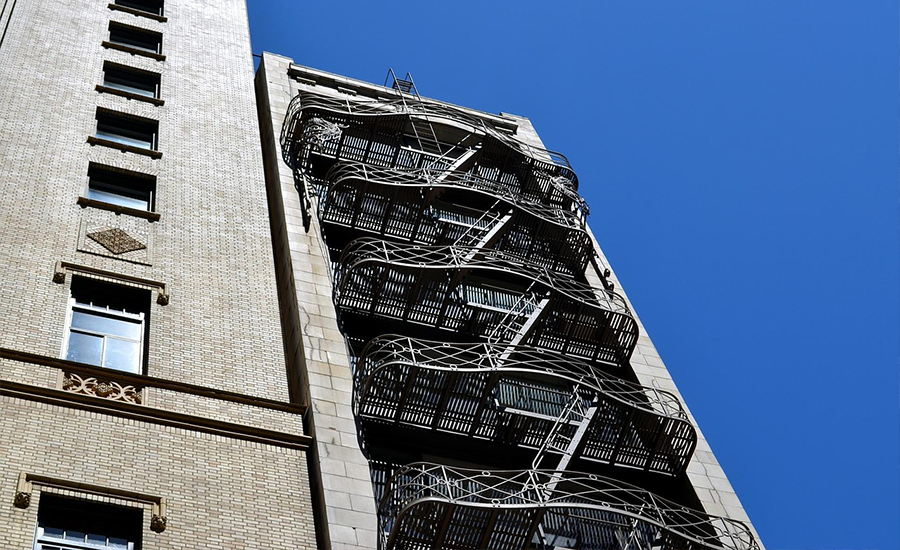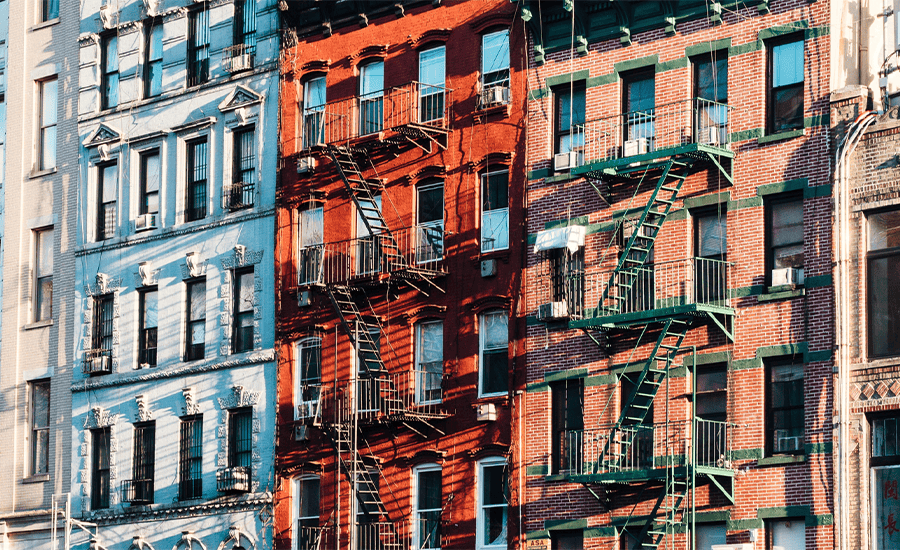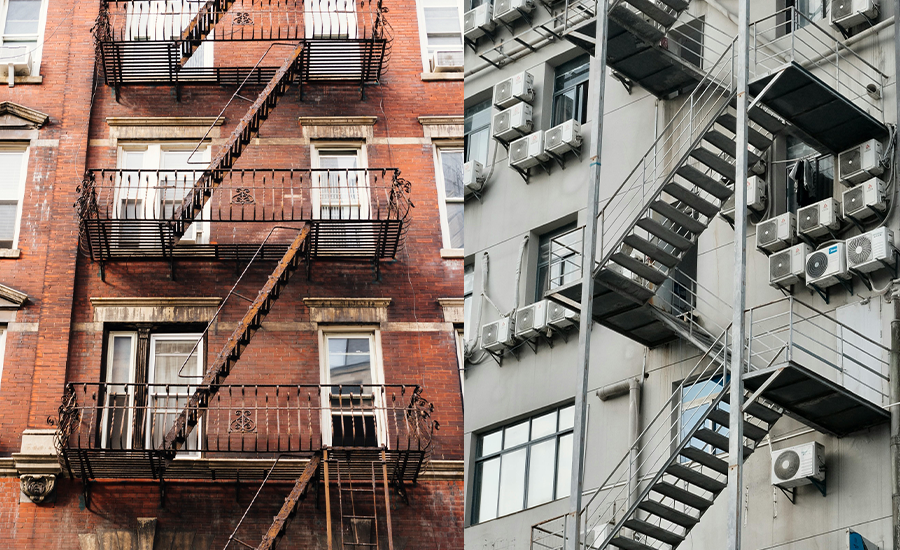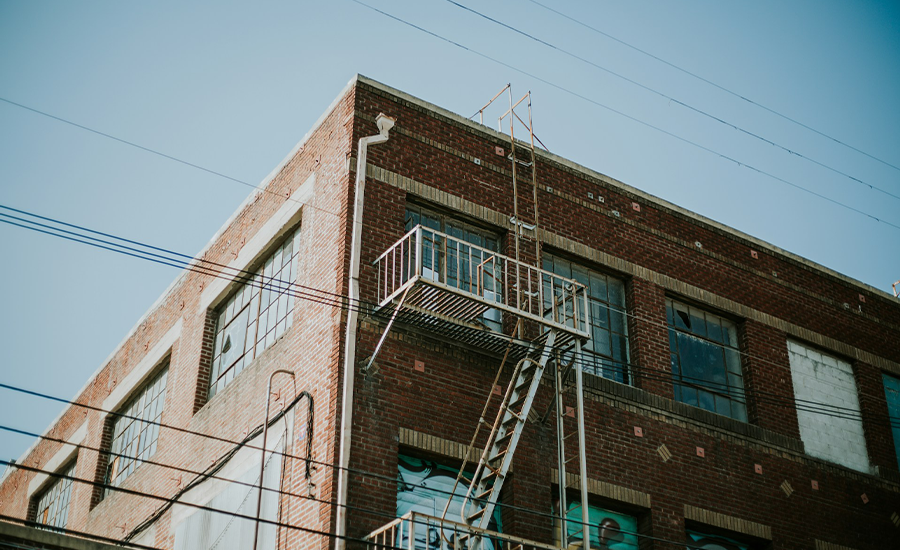Manhattan townhouses or urban areas are famous for their outstanding architecture and their timeless charm. The facades feature mind-blowing designs with intricate details that respect both historical and modern architecture. But with time, the beauty of Manhattan townhouses starts diminishing, so in order to maintain and retain its aesthetics, repointing is the industry-proven masonry restoration technique that makes your property structurally sound and prevents lasting structural damage. Repointing without delay can prevent you from hefty structural repairs and cannot cause further damage, but it’s important to identify the signs of mortar damage to get your masonry repaired on time.
In this blog, we’ll look into the common signs of mortar damage in Manhattan Townhouses and preventive tips for enhancing the lifespan of their brickwork:
Frequent Indicators of Mortar Failure in Manhattan Townhouses
The following are the frequently occurring signs that cause mortar failure in Manhattan Townhouses due to exposure to environmental wear and tear. Repointing your residential and commercial properties without neglecting the following damages can increase the longevity of your masonry:
Splitting along joints
- Splitting in the mortar joints is the initial wear and tear sign.
- These splits can form in straight lines or irregular patterns.
- If these cracks are not timely repaired, then they escalate the fractures and cover a large surface area.
If these cracks are not timely repaired, they can worsen and resemble typical weathering patterns that signal repointing is required. weathering patterns.
Brittle Mortar
- Due to old construction, the mortar starts flaking down with a light touch.
- It results in a loss of mortar flexibility and interlocking power.
- The mortar brittleness is caused by harsh cold weather and freeze-thaw cycles.
Surface Blemishes
- Surface blemishes are the superficial damages that lead to white chalky substance appearing on the brick surfaces, also known as efflorescence.
- Efflorescence is caused by water-soluble salts that protrude from the wall.
- It shows the signs of moisture intrusion in your masonry, which can degrade the mortar’s health.
Water Ingress
- When the mortar is cracked or damaged, it allows water to seep in.
- The signs of water ingress in your property are mildew formation, loose paint layers, and Blistering plaster work.
- It can be misdiagnosed as plumbing issues like leaking pipes, but its root cause is mortar deterioration.
Loss of Thermal Insulation
- When the mortar joints are damaged or have visible voids, they may lose insulation.
- It leads to higher energy consumption and inflated bills.
- It occurs mainly in older Manhattan townhouses.
Factors that Make the Manhattan Townhouses Vulnerable
Let’s have a look at some of the vulnerabilities that Manhattan Townhouses have to face, which compromise their stability and structural integrity.
| Component | Stress on Mortar |
|---|---|
| Freeze–Thaw weathering | Movements in the joints |
| Improper servicing | Minor problems evolve into costly repairs |
| City-level contamination | Hasten surface deterioration |
| Aging brickwork | Material degradation |
| Heavy usage zones | Oscillatory strain on masonry |
Pro Tips for Mortar & Brickwork Longevity
To increase the lifespan of your mortar and brickwork, the following preventive measures are essential to implement for durability.
- Make sure to book your slots for quarterly and yearly inspections of the Manhattan Townhouses’ facades.
- Make sure to keep up with the proper drainage system and water channeling.
- After repointing the brick structure, make sure to apply water-resistant sealants to prevent water intrusion and endure harsh weather.
- As the Manhattan Townhouse has old construction, it’s advised to use adequate pressure while cleaning or washing and avoid high pressure.
- Repoint in the best season, like in spring and fall, for excellent mortar curing.
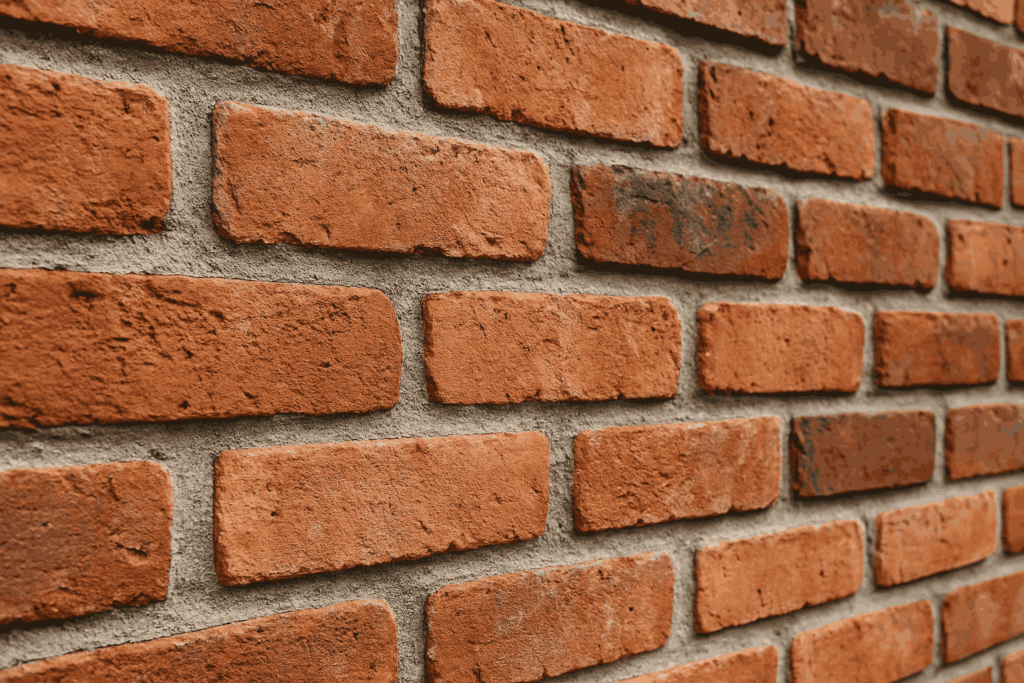
After repointing, applying sealants and following proper post-care is crucial. Read our guide on protective measures after repointing.
Final Thoughts
In conclusion, Manhattan townhouses and urban properties need utmost care to protect them from any damage. It’s essential to determine the damages as soon as possible for better enrichment of the architecture of your property. Repointing after identifying these signs is the best remedy to keep the value and appearance of the property intact.
Sardar Restoration Corp. proudly serves every corner of NYC, including the Bronx, Manhattan, Brooklyn, Westchester, and Queens. Our services are designed to meet your needs, providing top-quality solutions wherever you are. Check our service areas to see how we can assist you in your location.
Contact us today at (+1) 917-355-8556 or sardarrestoration@gmail.com, or visit us at 2770 Fish Ave, Bronx, NY 10469, United States.
FAQs
Do you inspect mortar before repointing?
Yes! Sardar Restoration Corp. properly inspects the mortar and the underlying damages it has before repointing its masonry for better masonry repairs and restorations.
How long does mortar last in a Manhattan townhouse?
Depending on the type of mortar used, its quality, and proper application, if it’s lime-based mortar, the average lifespan would be a decade, but cement-based mortar has a lifespan of 30+ years.
Can you repoint small sections of brickwork?
Yes! Our repointing contractor in NYC can repoint and repair both small and large sections of brickwork of residential and commercial properties with material selected for optimal performance.
How long does a repointing job take?
The repointing job has different scopes and different levels of work complexities, but Manhattan Townhouses might take a week for repointing facades and more than a week for larger projects.
